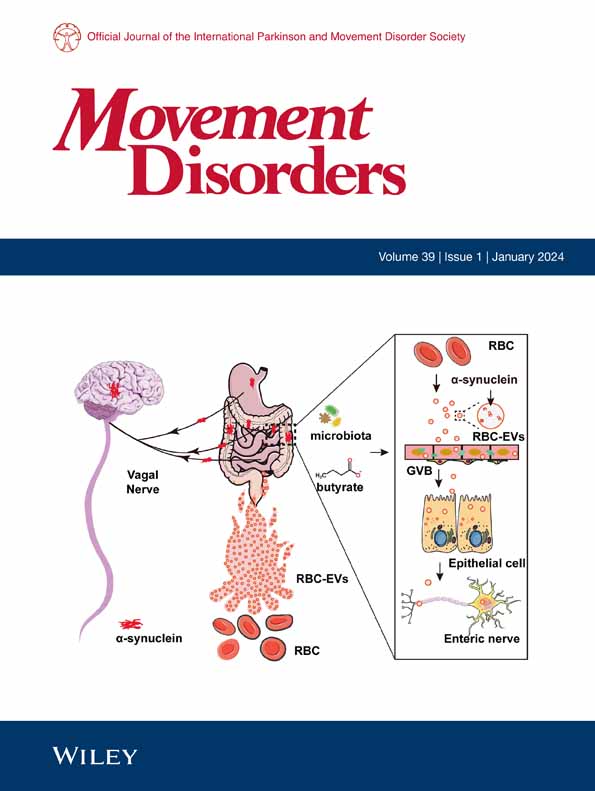Antidopaminergic Medications and Clinical Changes in Measures of Huntington's Disease: A Causal Analysis
IF 7.4
1区 医学
Q1 CLINICAL NEUROLOGY
引用次数: 0
Abstract
BackgroundAntidopaminergic medications (ADM) are often used for symptom management of Huntington's disease (HD). Evidence from past research suggests that ADMs are associated with worse clinical outcomes in HD, but their impact on various domains remains underexplored.ObjectiveWe used causal inference analysis to understand the impact of ADM use on measures of clinical progression in HD across multiple domains over 2 years.MethodsWe used the Enroll‐HD database with a new‐user design, which compared a cohort that initiated ADM use after the first visit with an unexposed cohort that remained求助全文
约1分钟内获得全文
求助全文
来源期刊

Movement Disorders
医学-临床神经学
CiteScore
13.30
自引率
8.10%
发文量
371
审稿时长
12 months
期刊介绍:
Movement Disorders publishes a variety of content types including Reviews, Viewpoints, Full Length Articles, Historical Reports, Brief Reports, and Letters. The journal considers original manuscripts on topics related to the diagnosis, therapeutics, pharmacology, biochemistry, physiology, etiology, genetics, and epidemiology of movement disorders. Appropriate topics include Parkinsonism, Chorea, Tremors, Dystonia, Myoclonus, Tics, Tardive Dyskinesia, Spasticity, and Ataxia.
 求助内容:
求助内容: 应助结果提醒方式:
应助结果提醒方式:


